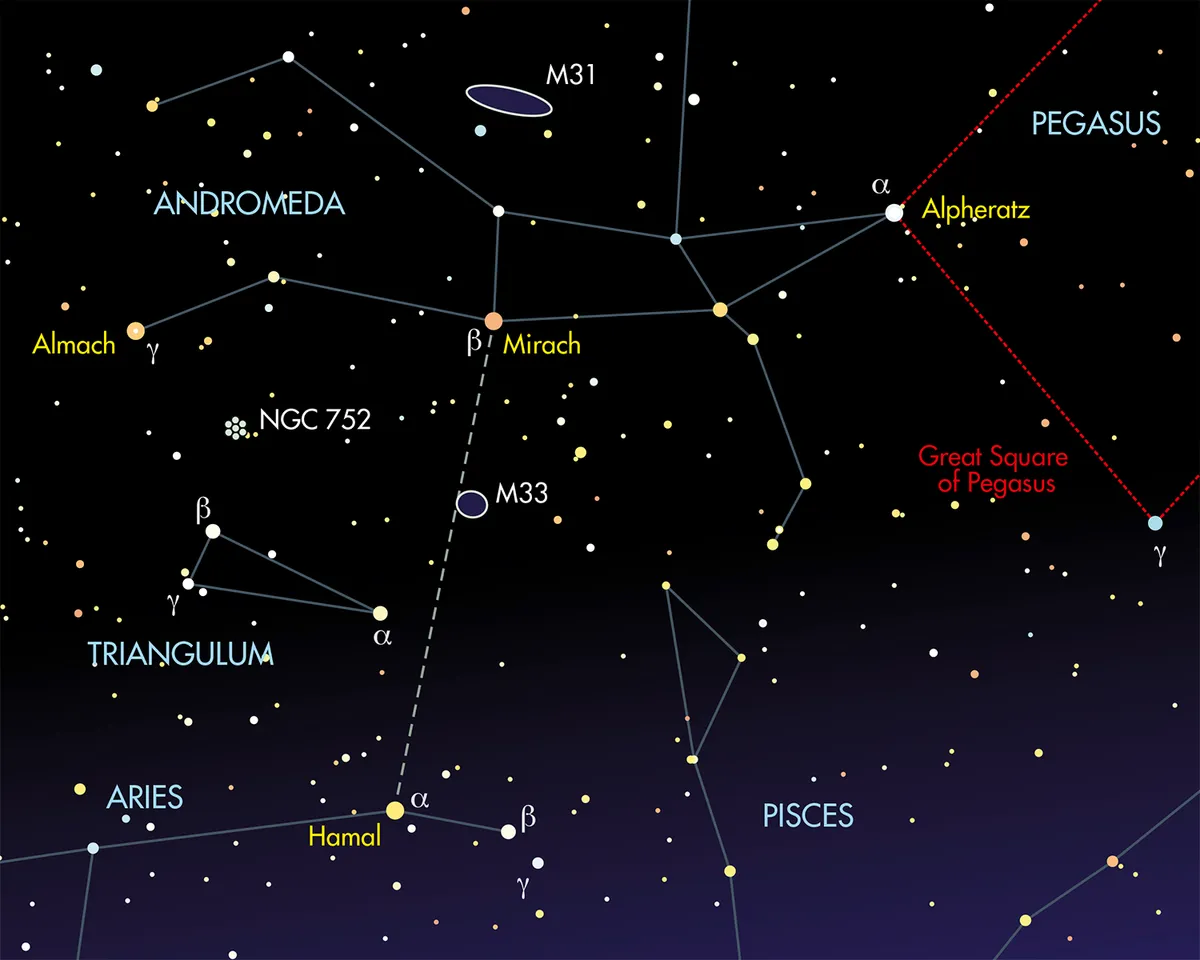You may have heard news that there's a new comet visible in the morning sky.
It's called C/2025 F2 (SWAN) and can be found low in the east just before the dawn twilight.
Comet C/2025 F2 (SWAN) is located just inside famous star pattern – or asterism – known as the Great Square of Pegasus.
It's currently shining at around magnitude +8, meaning it's too faint to see with the naked eye.
But comet observers around the world are viewing it through telescopes and taking images of it before the morning twilight washes it from the sky.

Discovering C/2025 F2 (SWAN)
Comet C/2025 F2 (SWAN) had rather a complicated discovery story.
When Comet Hale-Bopp was discovered 30 years ago, most comets were found by amateur astronomers looking throughout telescopes, scanning the sky searching for them.
These days the vast majority of comets are found by arrays of robotic survey telescopes, such as PANSTARRS and ATLAS.
Comet F2 was found using a combination of the two.
Several comet observers poring over images taken by the SWAN (Solar Win Anisotropies) camera onboard NASA’s SOHO solar observatory independently spotted what they thought might be a comet moving through them.
Soon the comet had been seen, and word went around the comet-observing community that there was a new comet visible in the sky.
They gave it the informal name 'Comet SWAN F2' while they waited for it to be confirmed and named officially.
Now observers around the world are getting up before sunrise to swing their telescopes and cameras towards Pegasus, hoping to see and image this new celestial visitor.

What it looks like
The comet is currently very small – much smaller visually than the nearby globular cluster M15 - and essentially looks like an out-of-focus star through telescopes.
Long exposure photos taken through telescopes show it has a whip-thin tail, already at least a degree long, and also bring out the comet’s strong green colour.
Comet F2 will soon exit the Great Square of Pegasus, heading towards the adjoining Andromeda constellation.

It's going to brighten as it does, but will be fighting the brightening of the sky too, so it's going to be a challenge seeing it even with binoculars.
Cameras should still be able to pick it up, and it will be easy to find and image with smart telescopes like the SeeStar and Dwarf.
If you do want to see it through binoculars or a telescope, remember you're going to be observing in the area of the sky in which the Sun rises, and just before it rises.
This means caution must be taken, as if you catch a glimpse of the Sun through binoculars or a telescope, you could damage your eyesight.

What's in store for the comet
Comet C/2025 F2 (SWAN) is due to reach perihelion – its closest point to the Sun – on 1 May 2025.
By then it will be an evening object in the constellation Taurus, and is predicted to reach a maximum brightness of around +4.
That would make it a good naked-eye comet if it was high in a dark sky.
But it's not going to be high in a dark sky, at least not from the UK and mid-northern latitudes.

In May 2025, Comet C/2025 F2 (SWAN) will be low in the northwest twilight after sunset, close to the Pleiades star cluster, arcing past it on its way towards a passage through the neighbouring Hyades cluster.
Again, that proximity to the Sun means caution should be taken. Don't attempt to observe the comet until the Sun has set below the horizon.
So, unlike Comet Hale-Bopp which shone in our sky 30 years go, and unlike the bright comet C/2023 A3 – that was such a lovely sight in our sky in 2024 – this icy visitor will be very challenging to see, I think, hanging faint and low in a post-sunset sky.
But it'll still be worth a go: it always is. And who knows? If its tail grows longer that might help it shine through the twilight, but don’t count on it.
Southern hemisphere observers will enjoy better views than northern hemisphere observers. Again…
We'll continue to give updates about this new comet. In the meantime, if you want to find it, it's available on the major stargazing and planetarium apps.
If you photograph Comet C/2025 F2 (SWAN), we'd love to see your images! Send them to us by emailing contactus@skyatnightmagazine.com
